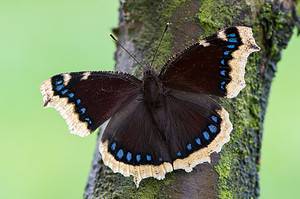Sighting a yellow butterfly might be a mundane occurrence in an ordinary day. Or it could be an event that holds special spiritual or symbolic meaning for you. It’s really you who decides. Similarly, it’s your own instinct that’s the best guide to the spiritual meaning of your yellow butterfly encounter. To help you reflect on the symbolism of seeing a yellow butterfly, let’s consider some connotations that yellow butterflies, and butterflies in general, have held in myth, folklore, literature, and other contexts. (Of course, you could just ask the butterfly about it. But in all likelihood, they’re not talking.)
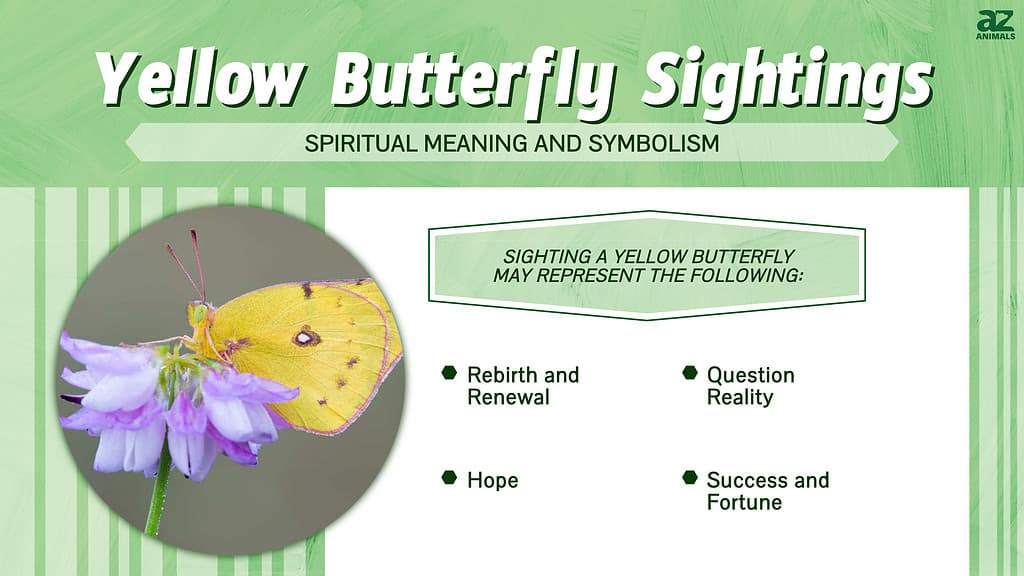
Why Butterflies Fascinate Us
It’s easy to forget that “butterfly” doesn’t fully describe the creature in question. It’s only a term for one stage of the organism’s lifestyle. In fact, it’s the final stage. The insect (in the taxonomic group Lepidoptera) begins life as an egg, then goes through multiple stages as a caterpillar. As a last hurrah, the caterpillar is enveloped in a bag-like chrysalis. And it emerges transformed. In this final, adult form, butterflies conduct the business of mating and laying eggs to bring forth a new generation.
Butterflies Are Symbols of Renewal and Rebirth.
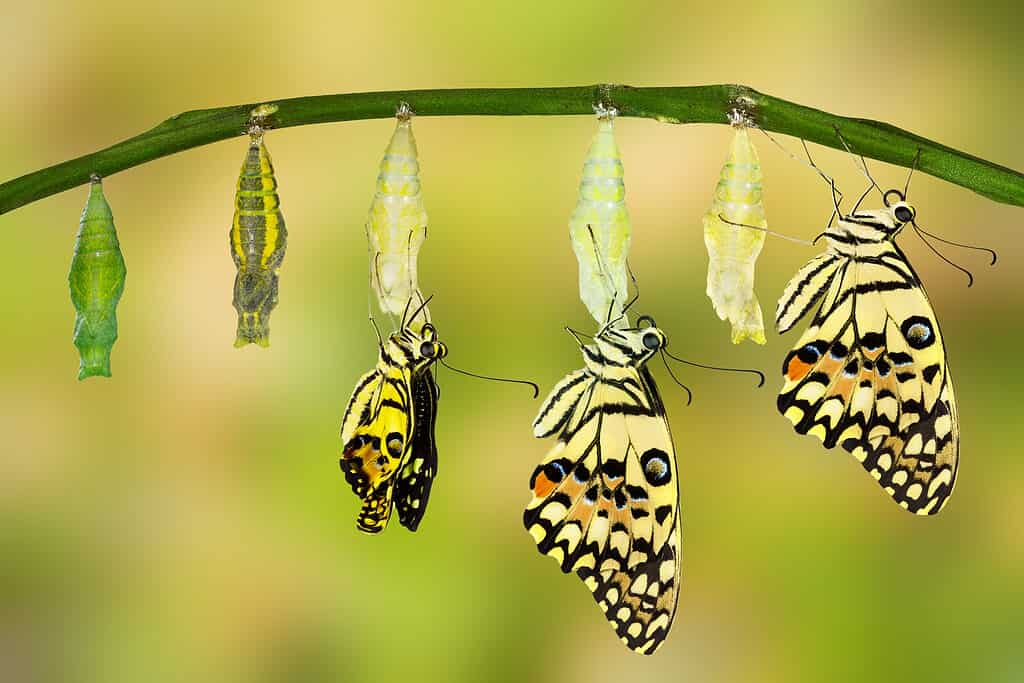
The transformation into a butterfly has held deep meaning for many cultures.
©Mathisa/Shutterstock.com
Caterpillars spend most of their life eating, and don’t wander very far. Butterflies can only drink nectar, but they can fly, and some migrate for thousands of miles. That transformation from one type of creature to another, taking place in a coffin-like sarcophagus, has captured the attention of cultures all over the world. It’s why these insects are so often associated with death, the soul, and the afterlife, or a similar meaning. For example, the ancient Greeks used the same word for “butterfly” and “soul.” To them, the image of a butterfly emerging from a cocoon recalled the idea of the soul leaving the body after death. The Aztecs believed that warriors could return after death in the form of butterflies. Many other folk traditions have claimed that butterflies (or moths) can be the souls of the dead.
Along those lines, then, a meaning behind your yellow butterfly encounter could be an omen of a major transition or transformation to come. You might take it as encouragement to move on to the next stage of your life, whatever that may be. Or perhaps it’s an opportunity to remember and reminisce about someone who you’ve lost.
Is a Butterfly Telling You to Question Your Reality?
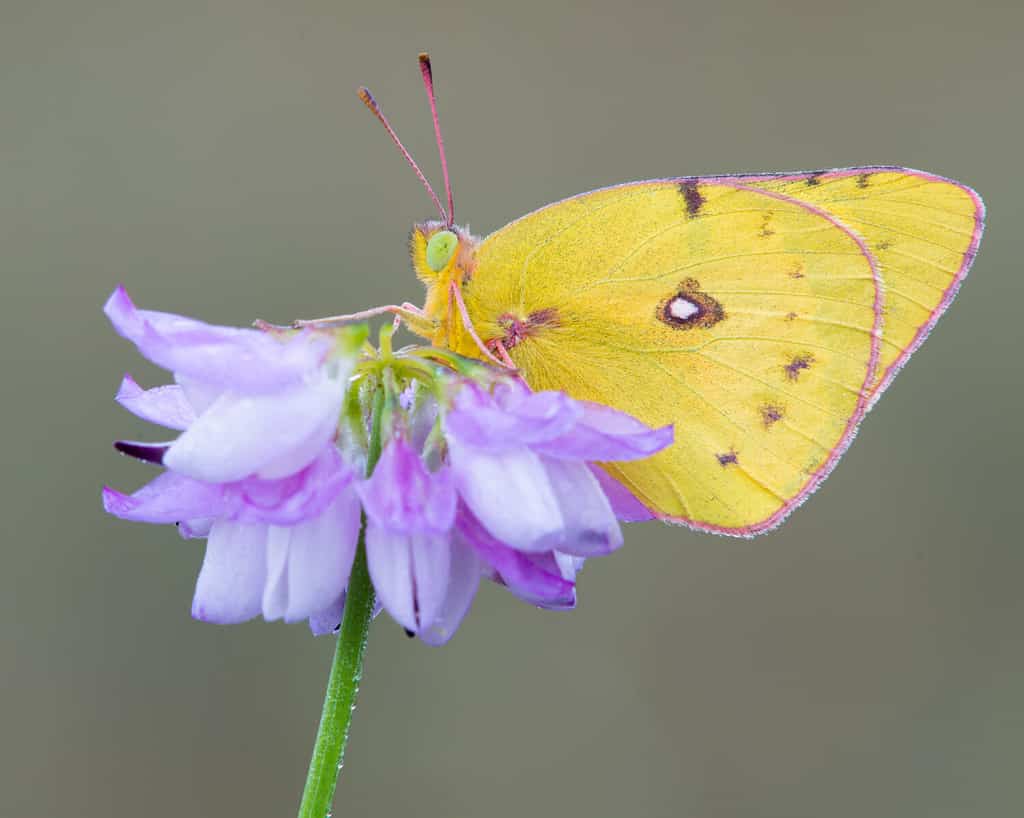
©Nagel Photography/Shutterstock.com
A famous butterfly story that dates back to 300 BCE China goes like this: A philosopher named Zhuang Zhou dreamed that he was a butterfly. In the dream he had no awareness of being a man, he was just a happy butterfly. Then he woke up. And he realized that he didn’t know if he was a man who’d dreamed about being a butterfly, or a butterfly who was dreaming he was a man. However you interpret this story, it’s a good starting point for questioning your assumptions about who you are and what’s important to you.
A Yellow Butterfly Could Symbolize Hope
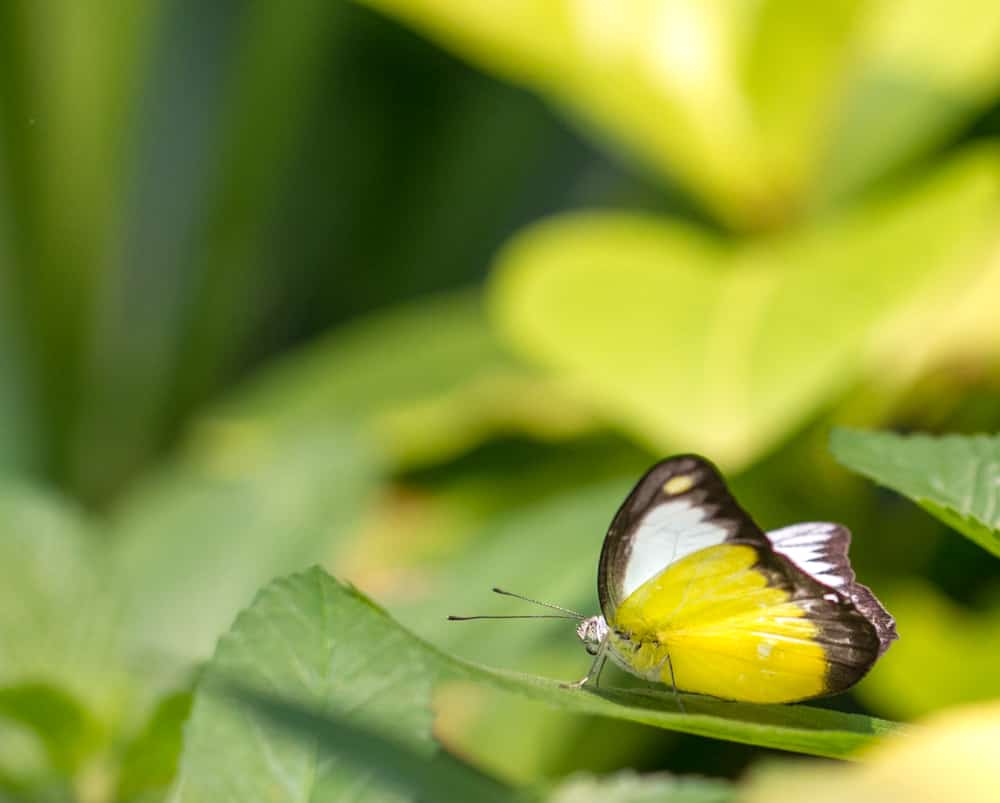
A yellow butterfly can mean hope just when you need it.
©Sinseeho/Shutterstock.com
Butterflies play a role in many stories and traditions of various Native American cultures. In one tale, butterflies were made by the Creator using elements of the natural world, like the yellow of sunlight. Their beauty was intended to bring comfort to humans, who are destined to grow old and die. In other traditions, butterflies help move the sun across the sky or are signs of fair weather to come. A yellow butterfly’s symbolic solar connection can be taken as meaning to see the bright side of things, and not lose heart when things look dark.
A Yellow Butterfly Might Be a Sign of Success or Fortune
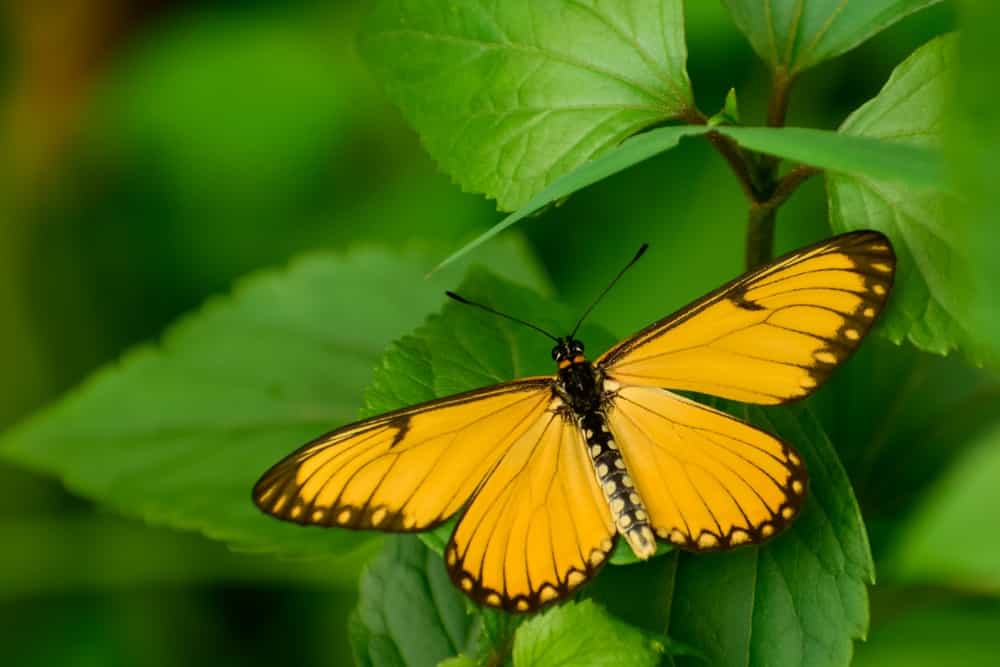
Go for the gold: yellow butterflies sometimes symbolize fortune.
©Jitender kumarj/Shutterstock.com
According to a tradition from Ireland, seeing a yellow butterfly means success will soon come your way. Perhaps its color is taken to represent gold, and by extension other forms of material gain. Historically speaking, the color yellow has generally been considered a symbol of happiness. Its connection with the sun, source of all life and warmth, made yellow a royal color in cultures with solar deities, like ancient Egypt and China. So if you’re in the mood for a change of luck, a yellow butterfly makes a good harbinger of better things to come.
Why Are Butterflies Yellow Anyway?
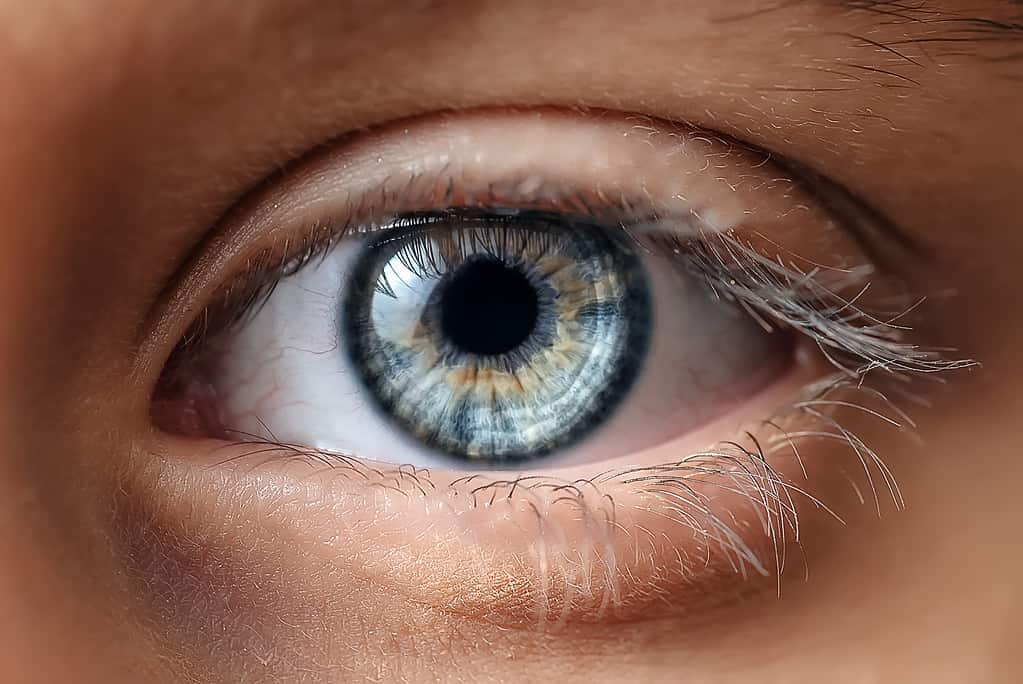
Turns out we can’t see a butterfly’s true colors.
©Edgar Martirosyan/Shutterstock.com
Unlike their drab relatives the moths, butterflies are active in the daytime. Having bright colors makes it easy for them to find each other so they can mate. In some cases, a butterfly’s bright color pattern is a warning to predators that the insect is poisonous. But you know what? That yellow butterfly may not actually look yellow to other butterflies. Not only do these insects come in an amazing array of colors, their eyes can perceive colors that we can’t. Because butterflies can see ultraviolet wavelengths, they can identify each other by pigments like “UV-yellow” that our eyes can’t detect.
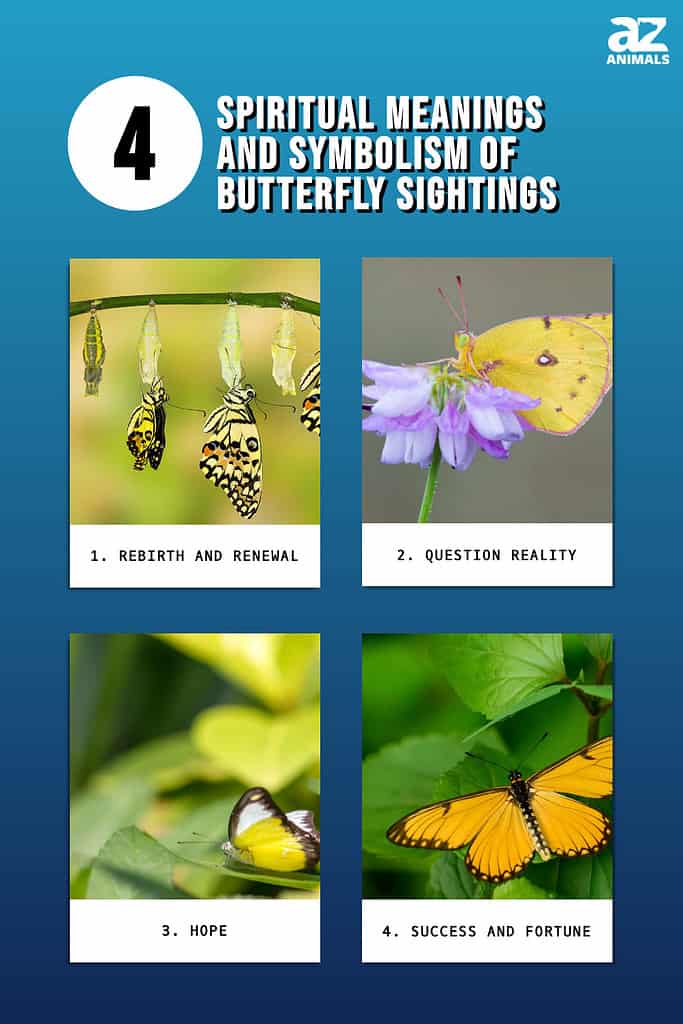
Summary of Yellow Butterfly Sightings: Spiritual Meaning and Symbolism
| Number | Spiritual Meaning and Symbolism |
|---|---|
| 1 | Rebirth and Renewal |
| 2 | Question Reality |
| 3 | Hope |
| 4 | Success and Fortune |
The photo featured at the top of this post is © Maria T Hoffman/Shutterstock.com
Thank you for reading! Have some feedback for us? Contact the AZ Animals editorial team.





